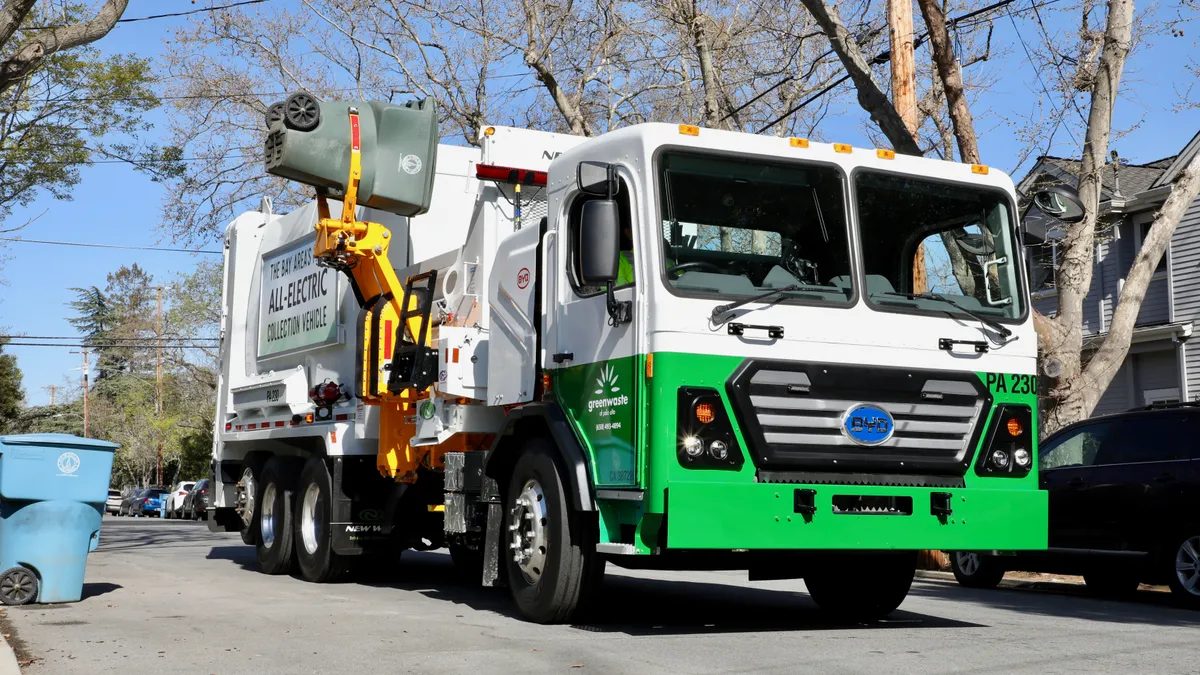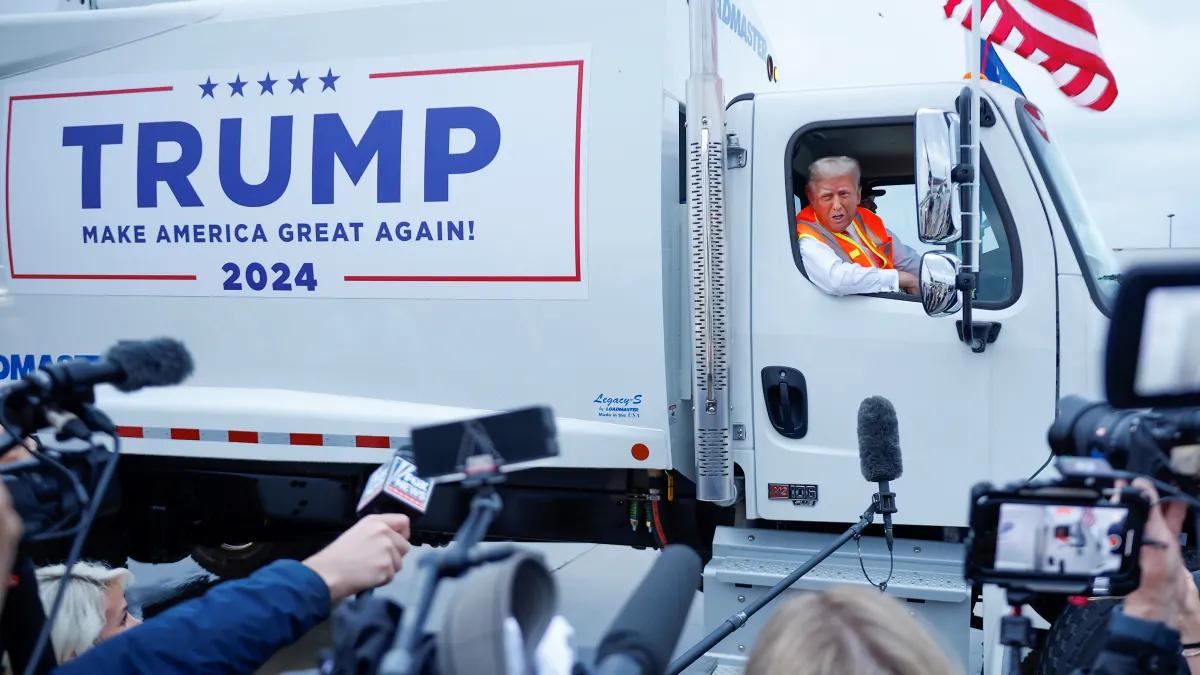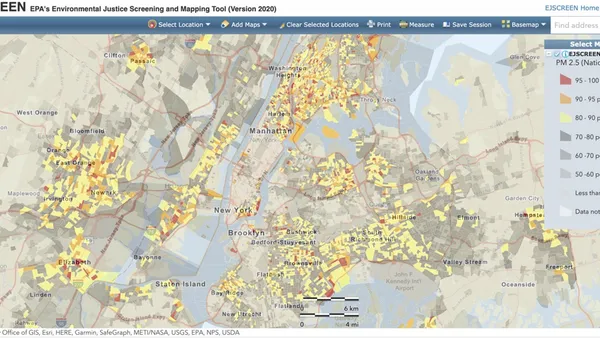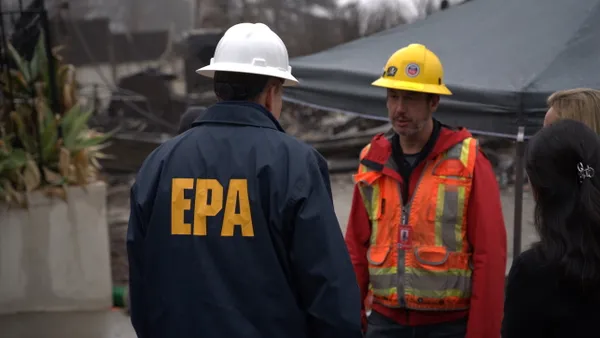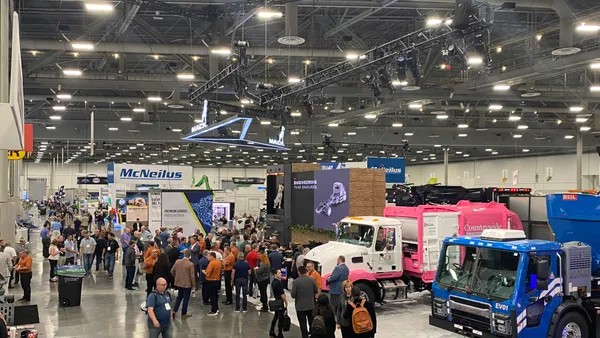GreenWaste announced its first sustainability report last week since becoming a Macquarie company, following the Global Reporting Initiative sustainability framework for the first time.
The San Jose, California-based company is setting 2022 baselines to improve key performance indicators across environment, social and governance issues, including emissions and employee safety. GreenWaste set a goal to reduce Scope 1 and 2 emissions by 45% by 2030 and have net-zero emissions by 2040.
"We are a company that is built on a diverse culture and workforce and steadfast in its commitment to do right by each other, our communities, and the environment,” President and CEO Tracy Adams said in a statement.
GreenWaste’s predecessor divisions, GreenWaste Recovery and Zanker Recycling, began reporting carbon emissions to The Climate Registry in 2008. They produced their first joint sustainability report in 2012, followed by a second joint report in 2020. In October 2021, the partner companies agreed to sell large stakes to a subsidiary of Macquarie Asset Management.
The 2022 report gathered data from the company's 12 facilities across Northern California, where GreenWaste serves more than 50 communities. The company reported 10,190 metric tons of carbon dioxide equivalent in Scope 1 emissions and 3,398 metric tons of CO2e in Scope 2 emissions in 2022.
GreenWaste also reports that all of its collection fleet runs on renewable or alternative fuels and it expects that all of its heavy equipment fleet will do the same this year. In 2020, the predecessor companies reported that company fleets predominantly used compressed natural gas or R99 renewable diesel. GreenWaste of Palo Alto was using four zero-emission vehicles as of the 2020 report and continues to do so, with two more on order, according to a spokesperson.
GreenWaste reported a work-related injuries and illness rate of 6.8 for 2022. That’s higher than the 4.0 rate the industry averaged overall in 2021, the most recent year for which federal data is available.
Waste diversion
GreenWaste diverted more than 1 million tons of waste from the landfill, the company reported. Of that, more than 500,000 tons were organics and 134,000 tons were wood, which was transformed into compost and mulch. The company has an anaerobic digester in San Jose and runs a composting operation out of its facility in Gilroy.
GreenWaste and Zanker, the predecessor companies, also reported diverting more than 500,000 tons of organics in 2020, estimating they avoided more than 334,000 metric tons of CO2e.
In San Jose, GreenWaste said its AI-controlled robotic and optical sorters diverted 50% to 75% of organics from mixed or municipal solid waste from disposal. It also said the facility diverts up to 85% of source-separated recyclable materials.
Workforce
In addition to reporting its total recordable incident rate of 6.8, GreenWaste also reported a lost time injury rate of 0.43. The company said it ties employees’ short-term incentive program to goals related to decreasing TRIR and LTIR in 2023. It did not disclose those goals.
In 2022, the company installed thermal imaging at resource recovery sites and installed cameras and back-up sensors to protect employees from accidents and injuries. The company has also switched glove materials to better prevent cuts and punctures and instituted daily stretching exercises for drivers prior to their daily routes.
GreenWaste's workforce totaled 1,051 employees at the end of last year, 92.8% of which was racially diverse overall while management was 61.2% racially diverse. Women comprised 16% of the overall workforce and 20% of management. The predecessor companies reported the same proportion of women in their overall workforce in 2020; it did not list racial diversity.



